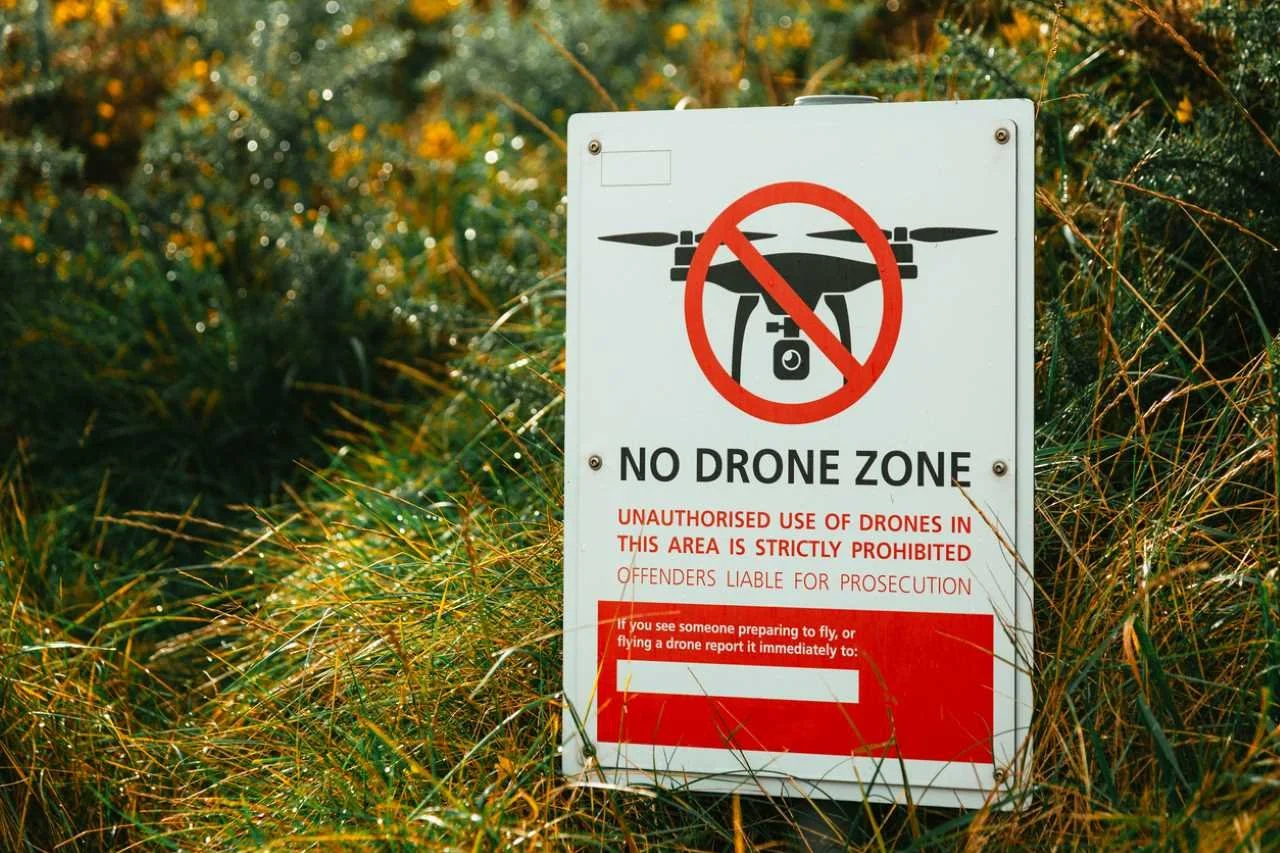Privacy in the era of drones
In an age where technology leaps forward by bounds, our societal norms and legal frameworks often scramble to keep pace. Among these advancements, drones have surged to the forefront of debates surrounding privacy and surveillance. Originally developed for military applications, drones have rapidly evolved into tools for commercial, recreational, and personal use, raising significant privacy concerns - but are these concerns valid?
The rise of drones
The original purpose of drones
Drones, or unmanned aerial vehicles (UAVs), were initially conceptualised and deployed for military operations, with their primary purpose being to undertake missions deemed too risky or challenging for human pilots. By providing a bird's-eye view of hostile territories without risking human lives, drones quickly became invaluable assets in modern warfare. However, their utility soon expanded beyond the confines of military applications, paving the way for a revolution in aerial technology.
Evolution of drone technology
The transformation of drones from exclusive military hardware to consumer gadgets and commercial tools is a testament to the rapid evolution of technology. Today, drones are employed in a myriad of sectors, from agriculture and real estate to emergency response and wildlife conservation. This transition has been fuelled by advancements in battery life, compactness, and camera technology, making drones more accessible and versatile than ever before.
Drones and privacy concerns
Are drone aircraft an invasion of your privacy?
The proliferation of drones in civilian life has sparked a heated debate on privacy. With their ability to hover, navigate tight spaces, and capture high-definition images and videos, drones possess an unprecedented capacity to intrude upon individuals' private lives. This intrusion is not limited to visual surveillance; drones can also carry other sensors, including thermal imaging and sound capture technologies, further exacerbating privacy infringements.
Surveillance and intrusion
Drones open up new avenues for surveillance, both by state actors and private individuals. The ease of deploying drones for aerial footage means that one's backyard, previously a private sanctuary, can easily be spied upon from above. This capability has led to numerous incidents where individuals felt their privacy was violated by drones lingering near their homes, capturing footage without consent. The silent approach and departure of these flying devices also make it challenging to detect their presence, let alone identify the operators, raising profound concerns about the erosion of personal privacy in public and private spaces.
Legal and ethical implications
Current laws governing drone use
The legal landscape surrounding drone use is complex and varies significantly across jurisdictions. In many countries, regulations have been developed to address safety, privacy, and security concerns associated with drones. These laws often mandate that drone operators avoid flying over private property without permission, adhere to specific altitude limits, and in some cases, register their devices with the relevant authorities. However, enforcement remains a challenge, as identifying and prosecuting violators can be difficult, given the anonymity that drones can provide their operators.
Ethical considerations
Beyond the legal framework, ethical considerations also play a crucial role in the discourse on drones and privacy. The ease with which drones can be used to invade privacy demands a reevaluation of ethical standards among operators, raising questions about the balance between the right to privacy and the public interest or the pursuit of recreational activities. Ethical drone use involves respecting others' privacy, being transparent about drone operations that might impact public spaces, and ensuring that drone technology is used in a way that benefits society without infringing on individual rights.
This is also where video redaction can come into play; with the power to pixelate video content, drone use doesn’t have to come at the expense of civilian privacy.
Privacy safeguards and best practices
Geofencing technology
One technological solution to privacy concerns is geofencing, which restricts drones from flying in specific, predefined areas such as residential neighbourhoods or around sensitive infrastructure. This technology can help prevent unwanted intrusions and ensure that drones are used responsibly. Manufacturers and regulators are increasingly adopting geofencing to mitigate privacy risks and enforce no-fly zones, making it a critical tool in the privacy protection arsenal.
Privacy-by-design approach
Adopting a privacy-by-design approach in the development and deployment of drone technology is essential for safeguarding personal privacy. This involves incorporating privacy considerations into the design of drones and their operations, ensuring that privacy protections are built into the technology from the outset. Such an approach can include measures to minimise data collection, secure collected data, and ensure transparency with those potentially impacted by drone operations.
Public perception and awareness
Public awareness of drone privacy issues
Ultimately, raising public awareness about drone privacy issues is crucial for fostering a culture of responsible drone use. Many individuals are unaware of the potential privacy implications of drones or the existing legal protections. Educational campaigns and initiatives can inform both drone operators and the general public about privacy rights, legal responsibilities, and the importance of respecting others' privacy when operating drones.
Education
Education also plays a pivotal role in promoting responsible drone use and protecting privacy. This includes educating drone operators about ethical considerations, legal requirements, and best practices for avoiding privacy infringements. Similarly, informing the public about their rights and the measures they can take to protect their privacy from unwanted drone surveillance is essential for empowering individuals in the era of drones.
Final thoughts
As drones continue to permeate various aspects of our lives, the dialogue on privacy protection must evolve in tandem. Balancing the benefits of drone technology with the need to protect individual privacy requires a multifaceted approach, encompassing legal, ethical, technological, and educational strategies. It’s therefore incumbent upon all stakeholders — regulators, manufacturers, operators, and the public - to engage in this dialogue, fostering an environment where technology serves humanity without compromising our fundamental right to privacy.


